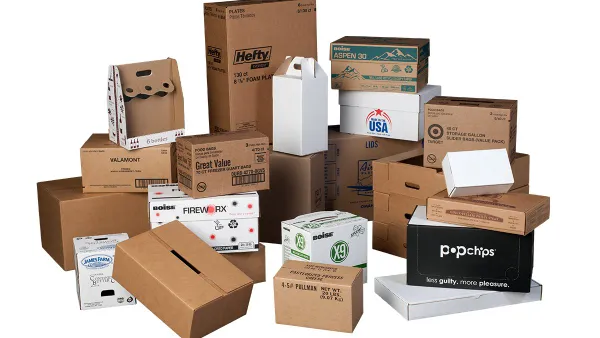Data on U.S. manufacturing in May suggests another month of contraction, with lower demand translating to fewer new orders, according to reports last week.
Packaging companies have reported lingering impacts of destocking this year. The S&P Global U.S. Manufacturing Purchasers Managers Index came in at 48.4 in May, down from 50.2 in April. Efforts to run down stocks were followed by a drop in purchasing activity, the report states, which suggests lower production growth in coming months.
Input costs at manufacturers fell for the first time since May 2020, according to the report, which led to the slowest rise in selling prices in almost three years.
“May saw a renewed deterioration of business conditions in the US manufacturing economy which will add to concerns about broader economic health and recession risks,” said Chris Williamson, chief business economist at S&P Global Market Intelligence. Output increased as improved supplier performance helped manufacturers fulfill back orders, but new order inflows are down.
“Unless demand picks up, production growth will move into decline seen as it is clearly unsustainable to rely solely on backlogs of orders, which are now being depleted at the fastest rate for three years,” Williamson said in S&P’s memo. “Hence companies are cutting back sharply on their input buying and seeking to minimise inventory, tightening their belts for tough times ahead.”
The Institute for Supply Management Manufacturing PMI for May, released last week, came in at 46.9%, down from 47.1% the month prior. According to analysis by Comerica Bank, lower readings from that report and other ISM surveys “suggest that economic activity is taking another step down in the second quarter” after slowdowns in real gross domestic product.
The Department of Labor’s Bureau of Labor Statistics reported Friday that manufacturing employment changed minimally between April and May. The manufacturing workforce declined by 2,000 employees, to 12.984 million. Manufacturing’s unemployment rate was 2.7% in May, compared with 2.8% at that time the year prior. Paper manufacturing’s employment slipped by 1,600 month to month, totaling 352,100 in May. Plastics and rubber products manufacturing’s workforce dipped to 747,200 workers. Packaging companies had or announced at least 1,200 layoffs in May.
Those numbers came alongside another better-than-expected jobs report, as total nonfarm payroll employment rose by 339,000 – the largest monthly increase since January – and the unemployment rate also rose slightly, to 3.7%.
BLS will release additional May data next week, with the consumer price index coming out Tuesday and the producer price index on Wednesday.















